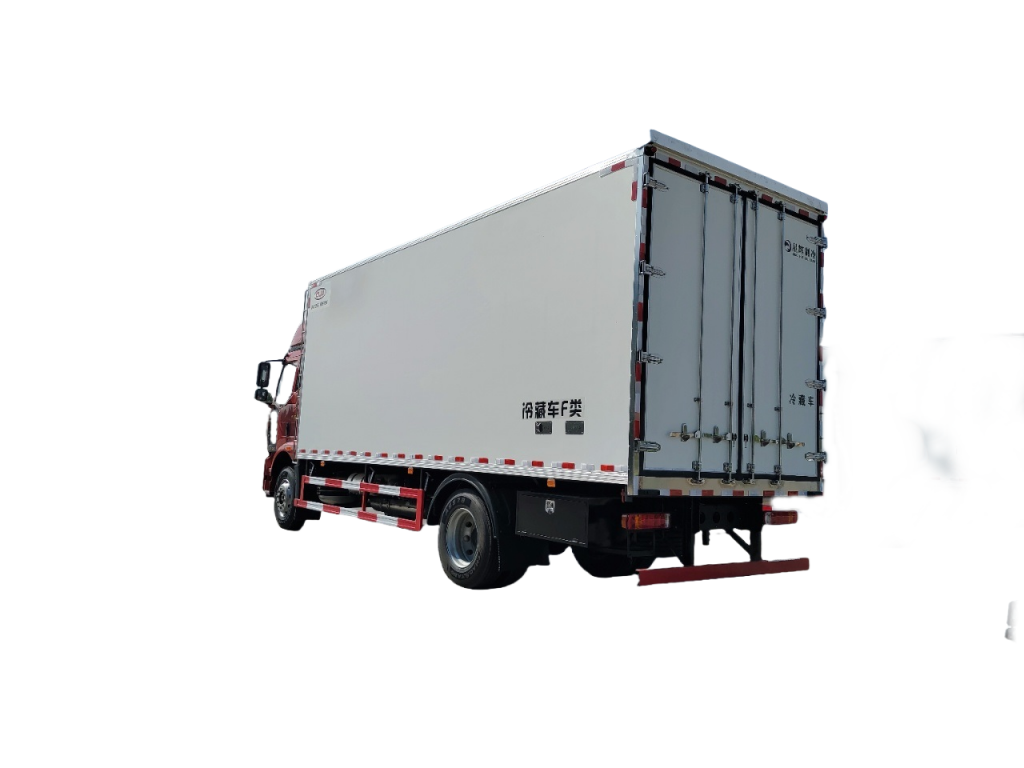Introduction
Truck-mounted cranes are versatile pieces of equipment that are widely used in various industries such as construction, infrastructure development, and logistics. These cranes offer mobility and flexibility, making them indispensable in many operations where lifting and moving heavy loads are required. However, as with any machinery, truck-mounted cranes have an environmental impact that cannot be ignored. In this article, we will delve into the environmental implications of using truck-mounted cranes, exploring their contributions to air and noise pollution, energy consumption, and resource depletion.
Air Pollution
One of the significant environmental impacts of truck-mounted cranes is air pollution. These machines typically run on diesel engines, which emit harmful pollutants such as nitrogen oxides (NOx), particulate matter (PM), and volatile organic compounds (VOCs) into the atmosphere. The combustion of diesel fuel in the engine produces these pollutants, which can have detrimental effects on human health and the environment.
NOx emissions from truck-mounted cranes contribute to the formation of ground-level ozone, a major component of smog. Ozone pollution can trigger respiratory problems such as asthma and worsen existing lung conditions. Additionally, NOx emissions are also a precursor to acid rain, which can harm aquatic ecosystems and vegetation.
Particulate matter emitted from diesel engines can have serious health implications as well. PM10 and PM2.5, which are particles with diameters of 10 micrometers and 2.5 micrometers or less, respectively, can penetrate deep into the lungs and cause respiratory illnesses, cardiovascular diseases, and even premature death. Truck-mounted cranes operating in urban areas or construction sites can significantly contribute to the levels of particulate matter in the air, posing a risk to both workers and residents nearby.
Furthermore, VOCs released by diesel engines can react with nitrogen oxides in the presence of sunlight to form ground-level ozone and smog. VOCs are also known to contribute to the formation of fine particulate matter, adding to the air pollution burden generated by truck-mounted cranes.
Noise Pollution
In addition to air pollution, truck-mounted cranes also contribute to noise pollution in their operating environments. The diesel engines that power these cranes emit loud noise levels, especially when lifting heavy loads or maneuvering on rough terrain. Prolonged exposure to high noise levels can have adverse effects on human health, leading to hearing loss, stress, sleep disturbances, and even cardiovascular issues.
Noise pollution from truck-mounted cranes can also impact wildlife in the surrounding areas. Loud noises can disrupt animal communication, breeding patterns, and foraging behaviors, leading to population declines and habitat degradation. In sensitive ecosystems or areas with protected species, the noise generated by these cranes can have significant consequences on biodiversity and ecological balance.
Energy Consumption
Another aspect of the environmental impact of truck-mounted cranes is their energy consumption. These machines rely on diesel fuel to power their operations, making them significant consumers of fossil fuels. The extraction, transportation, and combustion of diesel fuel all contribute to greenhouse gas emissions and climate change, exacerbating the global environmental crisis.
The energy efficiency of truck-mounted cranes varies depending on factors such as load capacity, engine size, and operational practices. Older models of cranes tend to be less fuel-efficient due to outdated engine technology and design, leading to higher emissions and energy consumption. Modern cranes, equipped with advanced engine systems and emission controls, are more efficient in terms of fuel consumption and emissions reduction.
Resource Depletion
Furthermore, the production and maintenance of truck-mounted cranes have implications for resource depletion. The manufacturing of these machines requires significant amounts of raw materials, including steel, aluminum, and other metals. Boom truck lifting capacity and processing of these materials can lead to habitat destruction, water pollution, and energy consumption, contributing to environmental degradation on a global scale.
Moreover, the disposal of truck-mounted cranes at the end of their lifecycle poses challenges in terms of waste management and resource recovery. These machines contain various components and materials that may be hazardous to the environment if not handled properly. Recycling and reusing components from decommissioned cranes can help minimize the environmental impact of their disposal, but proper recycling facilities and practices are essential to ensure sustainable waste management.

Mitigation Strategies
To address the environmental impact of truck-mounted cranes, several mitigation strategies can be implemented:
1. Transition to cleaner fuels: Switching from diesel to alternative fuels such as biodiesel, natural gas, or electric power can help reduce emissions and pollution from truck-mounted cranes. Electric cranes, in particular, offer a sustainable solution with zero tailpipe emissions and lower operating costs in the long run.
2. Engine optimization: Upgrading older crane models with newer, more efficient engines and emission control systems can improve fuel efficiency and reduce pollutant emissions. Regular maintenance and tuning of engines can also help optimize performance and minimize environmental impact.
3. Noise reduction measures: Implementing noise control measures such as sound barriers, acoustic enclosures, and mufflers can help mitigate the impact of noise pollution from truck-mounted cranes. Operating cranes during off-peak hours or using quieter equipment can also reduce noise disturbances in sensitive areas.
4. Sustainable practices: Encouraging sustainable practices in crane operations, such as efficient route planning, load optimization, and idle reduction, can help minimize energy consumption and emissions. Training operators on eco-friendly driving techniques and equipment handling can further improve environmental performance.
Conclusion
In conclusion, truck-mounted cranes play a vital role in various industries but come with environmental consequences that need to be addressed. The air and noise pollution, energy consumption, and resource depletion associated with these cranes underscore the importance of implementing sustainable practices and mitigation strategies to minimize their environmental impact. By transitioning to cleaner fuels, optimizing engine performance, reducing noise emissions, and adopting sustainable practices, the environmental footprint of truck-mounted cranes can be mitigated, contributing to a greener and more sustainable future for the construction and logistics sectors.
